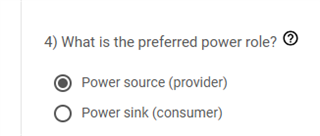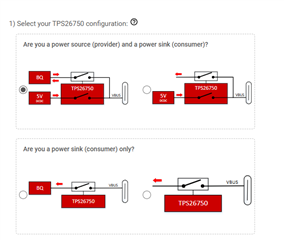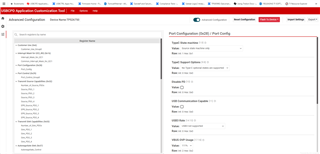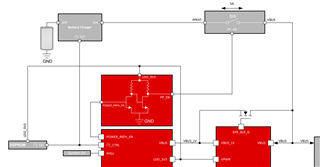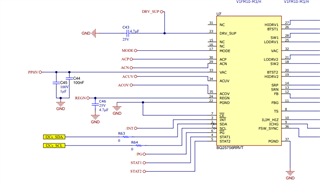Other Parts Discussed in Thread: TPS25751, BQ25756, , BQ25756EVM
Tool/software:
Hello everyone,
We are working with the TPS26750, trying to configure it as a Dual Role Power (DRP) device capable of delivering up to 240W. In most of our test cases, it seems to behave as expected, but we are seeing some strange behavior in specific scenarios.
The CC lines appear to advertise correctly, as shown in the attached figure. When we connect a regular USB-C wall charger to the port, the PPHV line ramps to 5V, which is the expected behavior.
However, the issue arises when we connect a smartphone to the port. The phone initially displays a charging notification, but then immediately stops charging and repeats this cycle as if it is rapidly connecting and disconnecting. I've attached a scope capture of the PPHV line while the phone is connected.
We're currently unsure if this is a configuration issue, a setup/hardware problem, or something else entirely.
The TPS26750 is supposedly configured via an EEPROM connected to the I2C port, and we've extracted the configuration using the TI GUI. We're attaching those configuration files to this post as well for reference.
Any help or insight would be greatly appreciated.
Thanks in advance!



